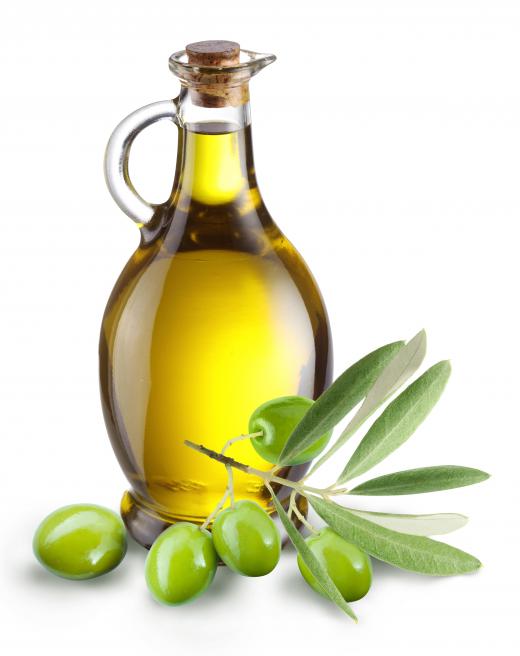A mechanical press is a device designed to apply very high force to form, shape, or cut materials, to compress solids, or to extract liquids. Mechanical presses range in size from very small units that are operated by hand, to large powered industrial units used in manufacturing and assembly line applications. For example, a simple hand-press can be used to remove a bearing from a machine assembly, or a large press may be used to stamp sheet metal into the curved shapes used to construct automobile bodies.
An industrial mechanical press is commonly used for shearing, bending, or forming sheet metal. It usually consists of a structural frame, lower stationary base, and an upper ram that moves along a vertical axis to apply a force. The component that moves along the axis and applies the force is called the ram. There are different frame designs and mechanical configurations for the ram, to meet the functional requirements of the press.

There are different mechanisms to generate the force employed in a mechanical press. A hydraulic press uses one or more cylinders, and fluid at very high pressure, to move a cylinder piston and create the force. Pneumatic presses are similar to hydraulic presses, but use pressurized air versus fluid. A mechanical press is powered by an electric motor that drives a large flywheel, crank, and clutch. A servo-driven mechanical press employs high precision motors to replace the flywheel, and allows better control of force through the full cycle of the ram.

The amount of force that a mechanical press can generate is known as its capacity. Industrial presses are manufactured in a wide variety of sizes and capacities, ranging from less that one ton to 10,000 tons or more. Mechanical presses used in industrial applications often apply several tons of force to the objects being formed.
A die is commonly used in a mechanical press that is shaping, punching, or trimming a material. The die is mounted to the base of the press and has a profile that matches the shape of the part being formed. The die provides the cutting surfaces, and a recessed space for the stamped or punched part to fall into.
There are many types of mechanical presses available to suit a variety of applications. Common industrial uses for a mechanical press include punching, which creates an open hole in sheet metal by removing an internal section of the material; stamping, which forms sheet metal into a useful shape; and bending, which shapes sheet metal around a straight axis. Other uses include extracting liquids, such as oil extraction from olives for making olive oil; and compressing solids, like the mechanical presses used to crush cars in automotive scrap yards.
